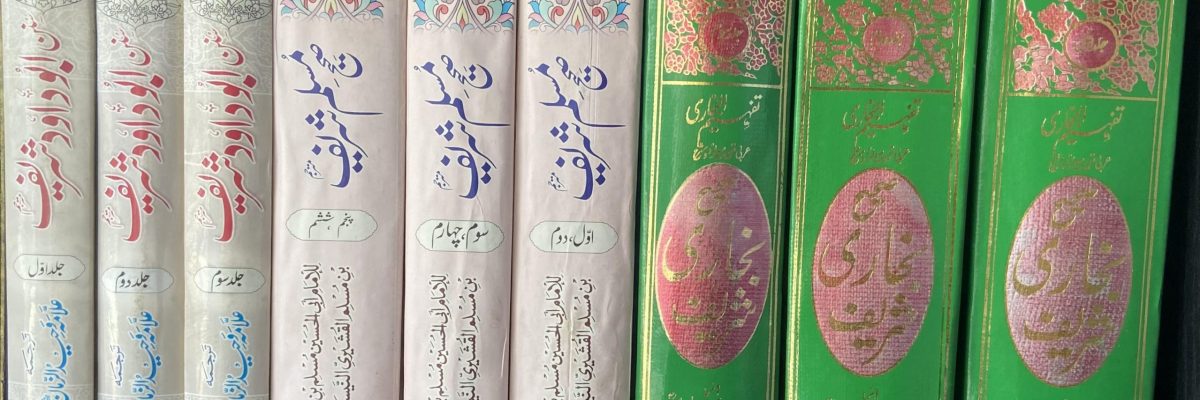What is the sunnah way of combing ones head? Also are there any hadiths which says that ones hair should be equal?
In the name of Allah, the most Beneficent, the most Merciful.
Answer
The Prophet of Allah (SAW) has said:
“Whoever has hair should look after it.” (Sunan Abu Dawud p.220 v.2)
On one occasion the Prophet of Allah (SAW) saw a person whose hair was dishelved. The Prophet of Allah (SAW) remarked: “Does he not find such a thing (oil etc.) by which he can gather / straighten his hair.” (Mishkat p.375)
Finally, in another hadith Saaiduna Abu Qatadah (RA) once asked The Prophet of Allah (SAW): “I have long hair, should I comb it?” The Prophet of Allah (SAW) replied, “Yes, and look after your hair”. Hence Abu Qatadah (RA) used to sometimes apply oil twice a day (i.e. apply oil and comb it) because of the order of The Prophet of Allah (SAW). (Mishkaat p. 384)
From the aforementioned hadiths we can understand that Islam stresses on the importance of keeping ones hair tidy and neat by combing it regularly.
In regards to your question, the Sunnah way of combing ones hair is to first make the path of the right side then the left. The path should be in line with the nose. Saaidah Ayesha (RA) reports that The Prophet of Allah (SAW) preferred this way. (Shamaail Tirmizi p 4).
In regards to your second question, Moulana Fadhlur Rahmaan Saheb in his book “The laws of the beard and the hair in the light of the ahadith, has written the following words with the reference of Behesti Zewar,
“Just as it is permissible to shave off all the hair, similarly it is permissible to shorten the hair on condition that it is shortened equally. The proof of this is the word “Mukhsaareen” in the Quran which means “to shorten”. However, to cut off all the hair and to keep the hair form the head, which is in fashion nowadays, is not permissible.”
One can deduce the ruling that ones hair should be equal from the following two hadiths:
Saaiduna Ibn Umar (RA) narrates that a child was brought to The Prophet of Allah (SAW) whose hair was partly cut and the rest uncut. The Prophet of Allah (SAW) said: “Either cut it completely or leave it completely”. (Mishkaat p. 380)
Saaiduna Ibn Umar (RA) narrates that The Prophet of Allah (SAW) forbade qaza. The narrator of the Hadith asked “Nafi” what is qaza? He replied, “ Shaving part of a childs head and leaving some of his hair.” (Sahih Muslim p.203 v.2)
When we have deduced that qaza (keeping hair which is unequal) unlawful, then keeping hair, which should be equal, will be proven.
Only Allah Knows Best.
Mohammed Tosir Miah
Darul Ifta Birmingham.

